- About us
- Support the Gallery
- Venue hire
- Publications
- Research library
- Organisation chart
- Employment
- Contact us
- Make a booking
- Onsite programs
- Online programs
- School visit information
- Learning resources
- Little Darlings
- Professional learning
Though named in this engraving as 'Y-erran-gou-la-ga', this sitter is identified in the drawing on which this print is based as 'Mousqueda' – Musquito to the British. There were two men known as Musquito in Sydney when Baudin’s expedition stopped there in 1802. The better-known Musquito (c. 1780–1825), a Guringai man, was Bulldog’s accomplice in the 1805 Hawkesbury River raids and was sent to Van Diemen's Land having served his time for those offences. Though technically free after his arrival at Port Dalrymple in 1813, Musquito was prevented from making use of permission to return to Sydney, his proficiency in English and exceptional bush skills making him valuable as a tracker of ex-convict bushrangers. Despite Musquito's role in the apprehension of various reprobates, including the notorious Michael Howe in 1818, the authorities again denied him leave to return home. Disaffected, Musquito joined members of the Oyster Bay nation in their retaliations against white violence. He was later caught and executed. Other historians, however, believe this Musquito not to be the subject of Petit's portrait, positing that the work might be a depiction of the second Musquito – one of Bennelong's associates – who died in Sydney in February 1806.
Purchased with funds provided by Ross A Field 2008
Ross A. Field (11 portraits supported)



On one level The Companion talks about the most famous and frontline Australians, but on another it tells us about ourselves.
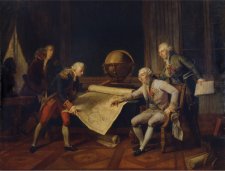
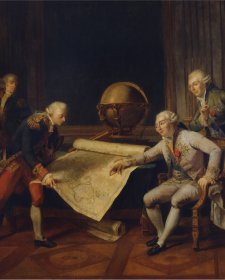
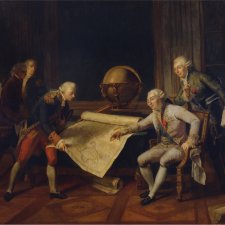
Joanna Gilmour describes some of the stories of the individuals and incidents that define French exploration of Australia and the Pacific.

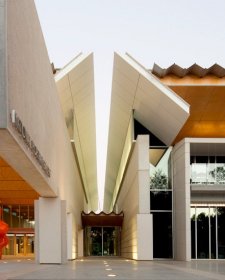
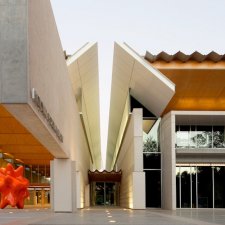
Visit us, learn with us, support us or work with us! Here’s a range of information about planning your visit, our history and more!